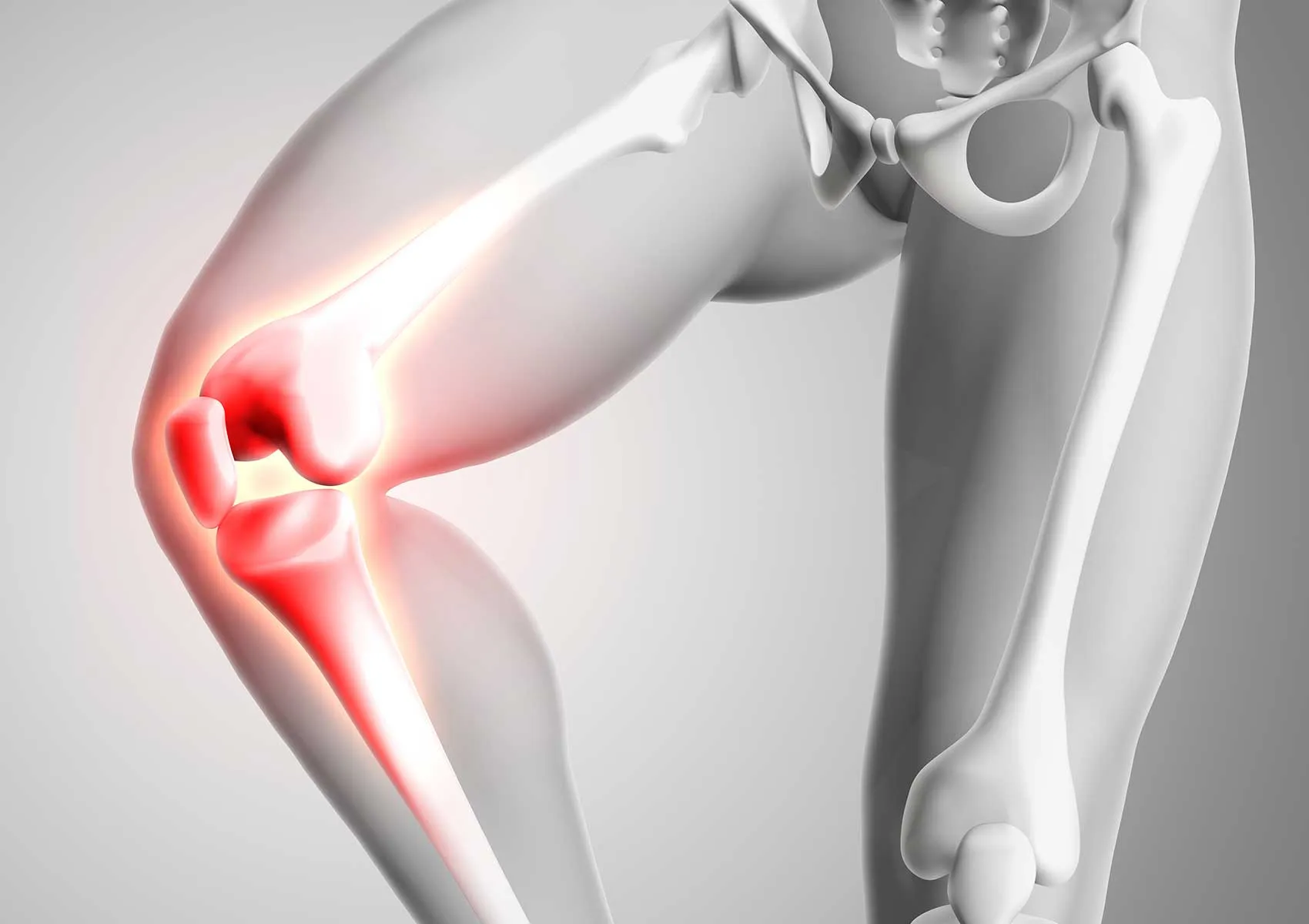What Is a Meniscus Tear? What Are the Symptoms?
A Common Yet Often Underestimated Cause of Knee Pain
A meniscus tear is one of the most common injuries of the knee joint, often resulting from sudden twisting, deep squatting, or excessive strain during physical activity. The menisci are two crescent-shaped, cartilage-like structures located between the femur (thigh bone) and tibia (shin bone). They act as shock absorbers, distribute weight evenly across the joint, and contribute to joint stability.
Each knee has two menisci: the medial meniscus (inner side) and the lateral meniscus (outer side). When these structures are damaged, they can significantly impair knee function and lead to progressive joint degeneration if left untreated.
What Does the Meniscus Do?
The meniscus ensures proper alignment between the femur and tibia and helps absorb the impact during walking, running, or jumping. It also plays a crucial role in stabilizing the knee during sudden directional changes or rotation.
A healthy meniscus allows smooth and stable joint movement. However, when torn, it disrupts biomechanics, increases cartilage wear, and can accelerate the onset of osteoarthritis.
What Causes a Meniscus Tear?
Meniscus tears are classified into two main categories: traumatic tears and degenerative tears.
Traumatic tears are common in young, active individuals and athletes. They often result from abrupt twisting, pivoting with a bent knee, or direct impact to the joint—commonly seen in sports such as soccer, basketball, and skiing.
Degenerative tears, on the other hand, occur in older adults due to age-related cartilage wear and loss of flexibility. In such cases, even minor movements can cause a tear. Additional risk factors include obesity, weak surrounding muscles, and a history of knee surgery.
What Are the Symptoms of a Meniscus Tear?
Symptoms vary depending on the location, size, and type of tear. While some small tears may cause only mild discomfort, larger or displaced tears can lead to significant functional impairment.
The most common symptoms include:
1. Pain in the Knee: Often localized to the inner or outer side, and worsens with squatting, stair climbing, or getting up from a seated position.
2. Swelling: Usually appears within 12–24 hours after trauma, due to joint fluid accumulation.
3. Locking or Catching Sensation: A torn meniscus fragment may get trapped inside the joint, causing sudden interruption in movement.
4. Clicking or Popping: Audible or palpable sounds when bending or straightening the knee may indicate a torn meniscus.
5. Limited Range of Motion: Difficulty in fully bending or straightening the knee is common in more severe tears.
6. Instability or Giving Way: A feeling of the knee “giving out” may signal a disrupted joint structure and compromised meniscal function.
How Is It Diagnosed?
Diagnosis begins with a clinical examination, including specific tests like the McMurray, Apley, and Thessaly tests, which help provoke symptoms and detect mechanical dysfunction.
MRI (Magnetic Resonance Imaging) is the gold standard for confirming a meniscus tear. It allows detailed visualization of the size, type (radial, horizontal, bucket-handle, etc.), and exact location of the tear, as well as associated damage to other joint structures.
What Happens If a Meniscus Tear Is Left Untreated?
Untreated meniscus tears can worsen over time and lead to:
- Enlargement of the tear
- Cartilage degradation
- Persistent pain and swelling
- Loss of knee function and mobility
- Early-onset osteoarthritis
Moreover, altered gait patterns due to knee instability may lead to secondary problems in the hip, lower back, or opposite knee.
Treatment Options
The treatment approach depends on the type, size, and location of the tear, as well as the patient's age and activity level.
Non-surgical management is possible in small or stable tears, especially when symptoms are mild. It includes:
- Physical therapy
- Anti-inflammatory medications
- Rest, ice, and compression
- Strengthening exercises for surrounding muscles
Surgical treatment is recommended for tears that cause mechanical symptoms, functional limitations, or fail to improve with conservative care.
Surgery is usually performed via knee arthroscopy, a minimally invasive procedure. Depending on the case, the torn fragment is either trimmed (partial meniscectomy) or repaired with sutures (meniscal repair).
Meniscal repair is preferred in young patients and in tears located in the vascularized “red zone,” where healing potential is higher. Although recovery takes longer, preserving the meniscus protects the joint from future degeneration.
FAQ
-
Does every meniscus tear require surgery?
No. Minor tears without mechanical symptoms can be treated conservatively, but larger or displaced tears often require surgery.
-
Can a torn meniscus heal on its own?
Healing depends on the location. Tears in the outer "red zone" have better healing potential, while those in the inner "white zone" do not heal on their own.
-
Can a repaired meniscus tear again?
Yes. Re-injury is possible, especially without adequate rehabilitation or with high-impact activity.
-
What happens if a tear is ignored?
Progressive cartilage wear, chronic pain, swelling, and early arthritis may develop.
-
Is MRI essential for diagnosis?
While a clinical exam may strongly suggest a tear, MRI is needed for accurate diagnosis and surgical planning.

